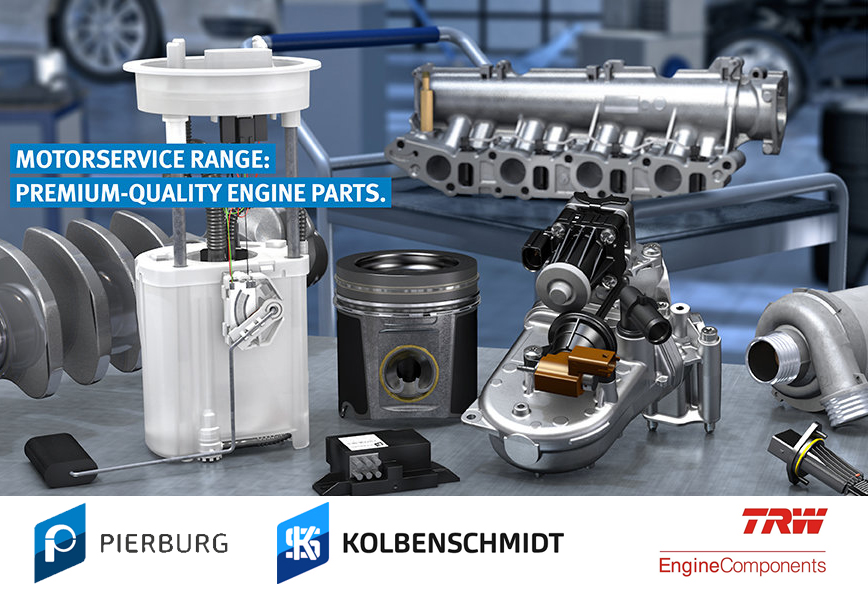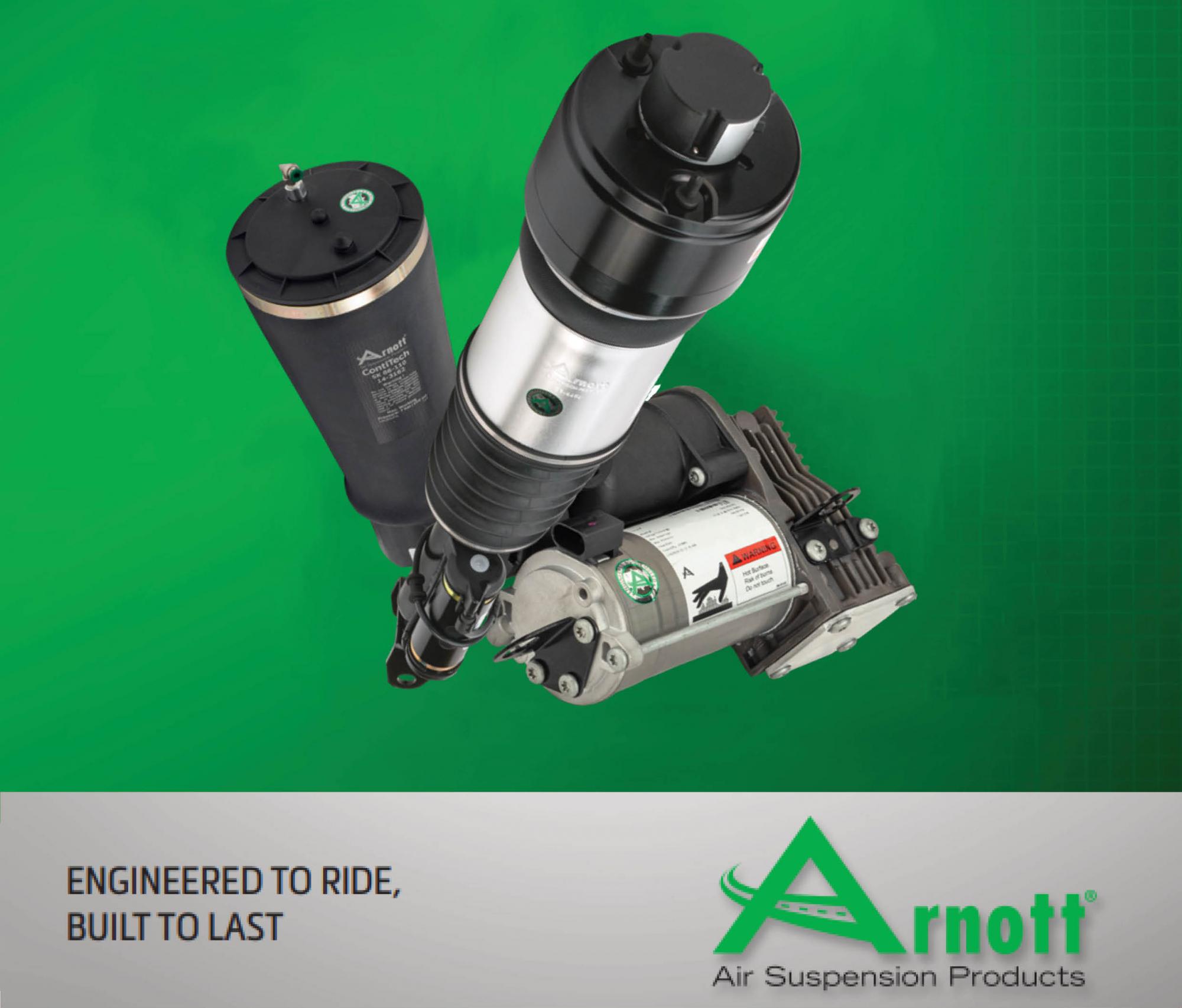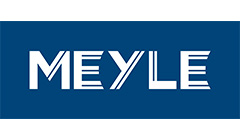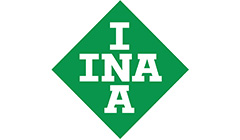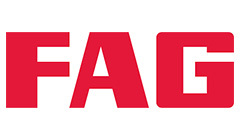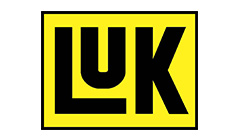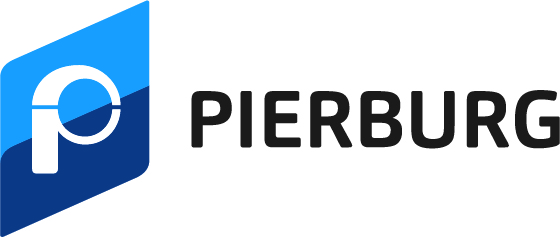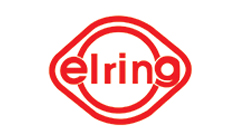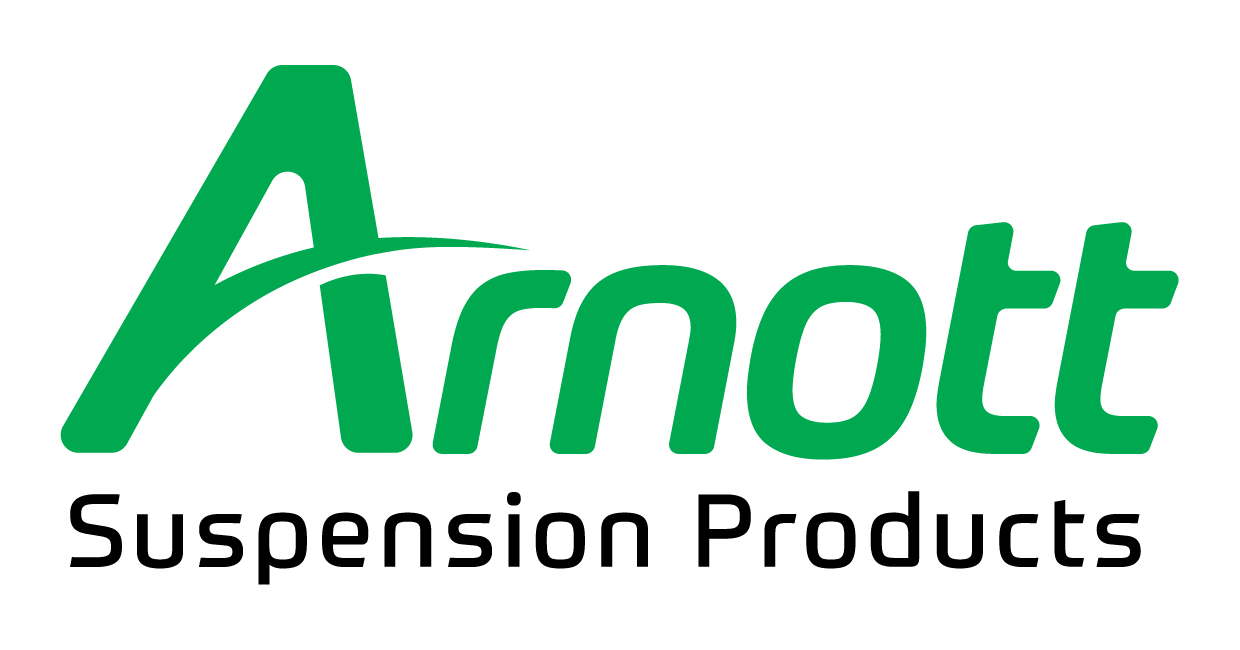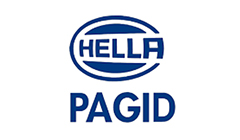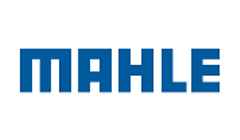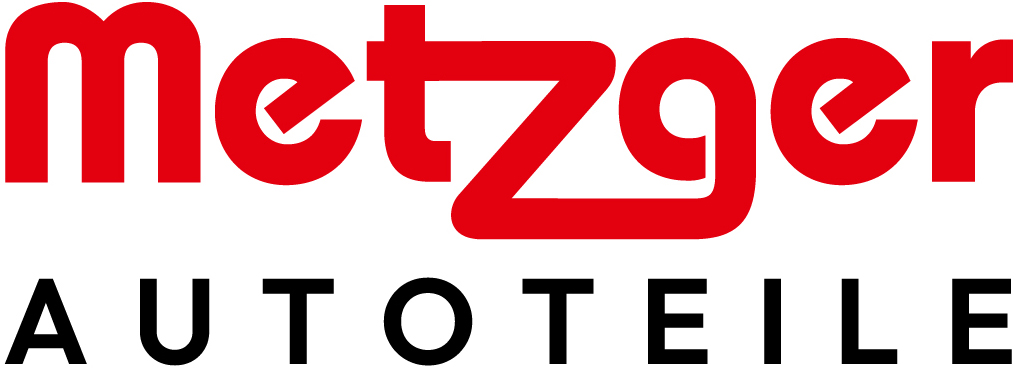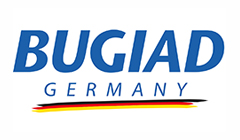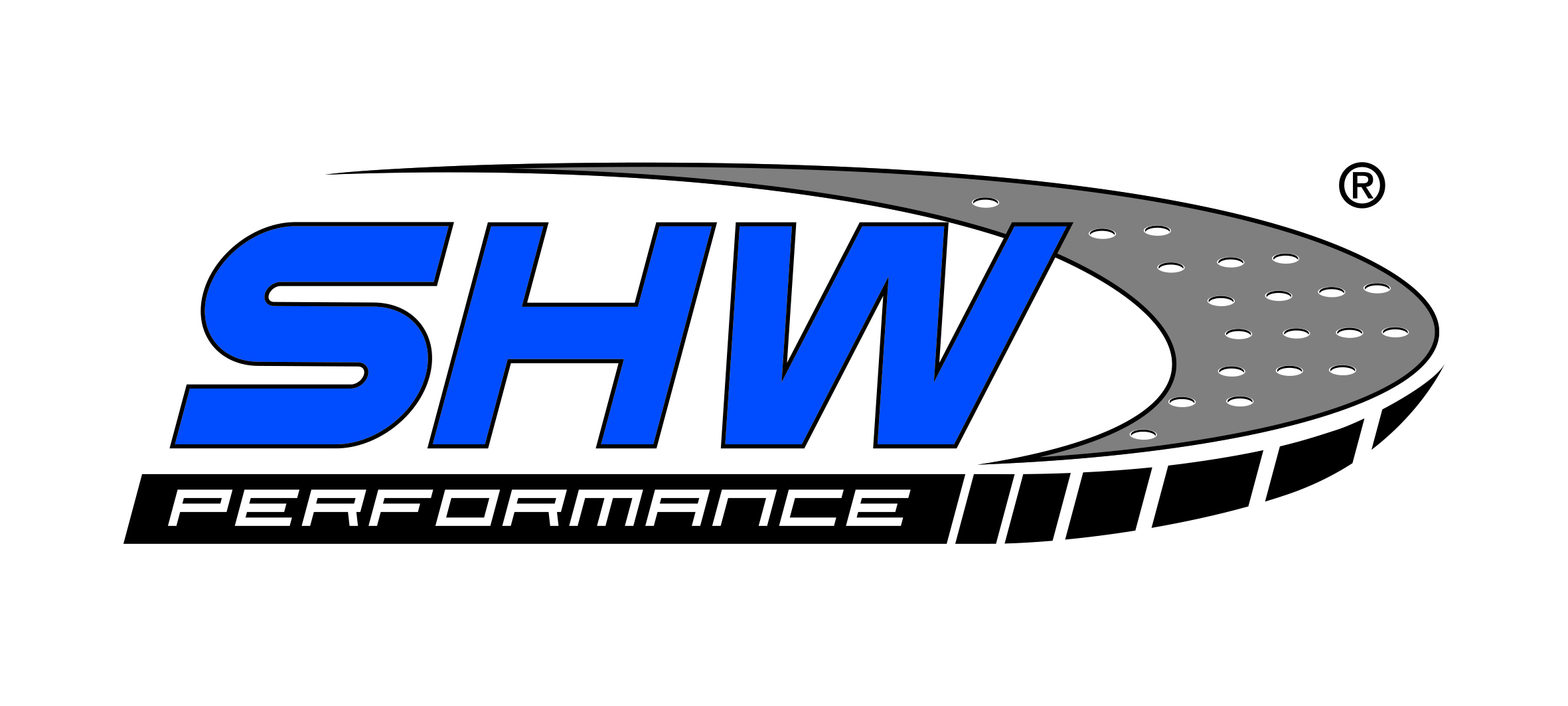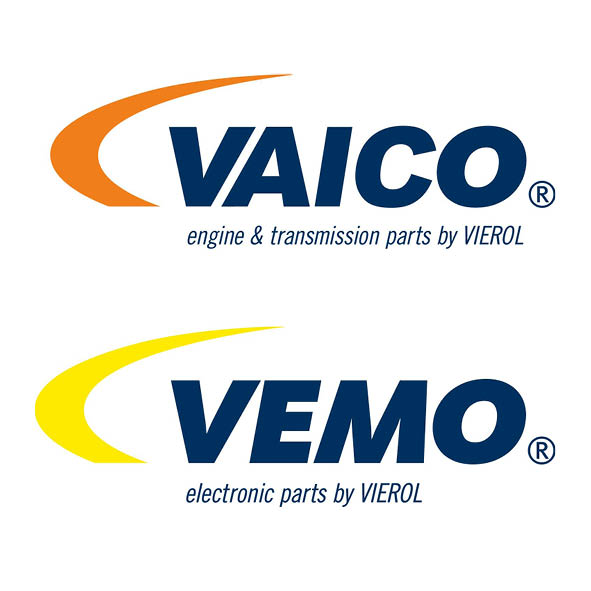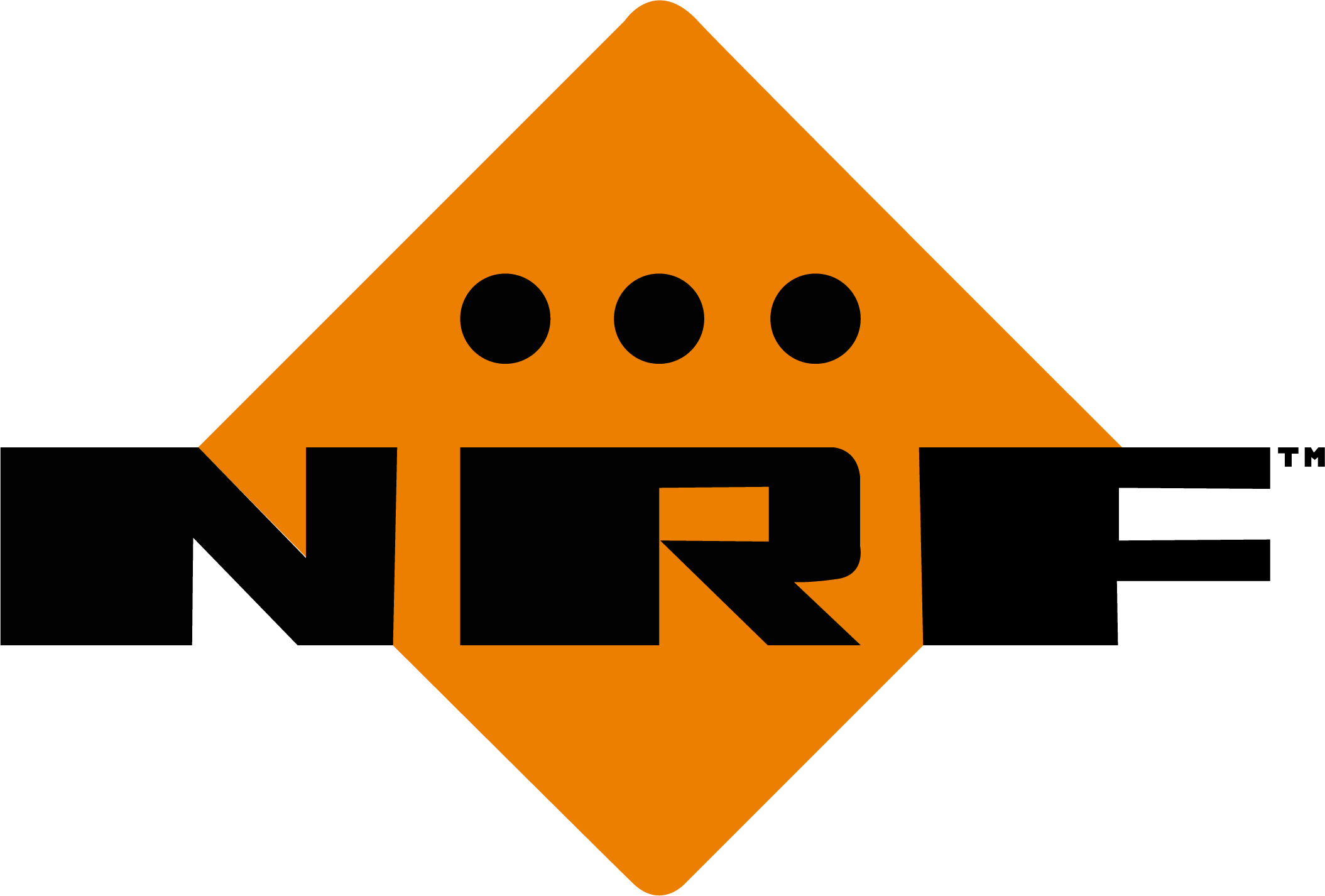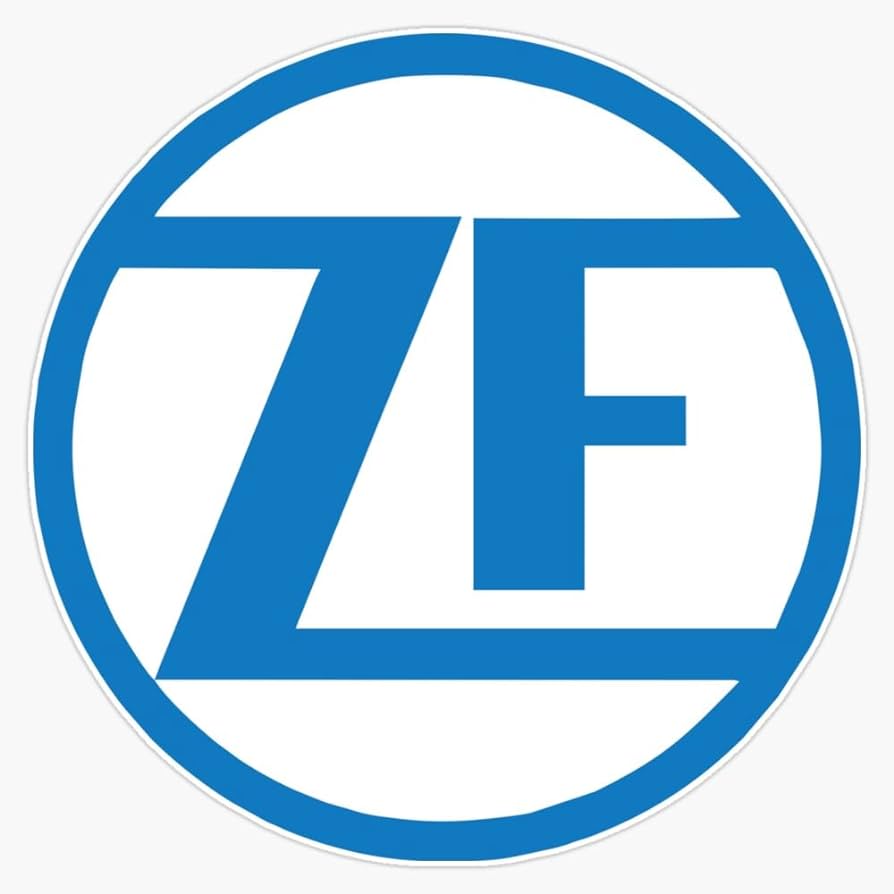Correct fitting of Con rod bearing bolts from Elring Das Original
There are a handful of critical bolts on a combustion engine. One of them is the con rod bearing bolt, which fits perfectly in Elring’s portfolio. Correct fitting is critical for these bolts.
If, for whatever reason, con rod bearing bolts are removed, continuing to use them is absolutely impossible. The connection is highly dynamic and subject to high loads when the engine is running. More specifically – the tension introduced during assembly prevents partial lifting and lateral movement between the con rod and the con rod bearing cap. As a result, anti-fatigue bolts are used almost exclusively.
How anti-fatigue bolts work
This type of bolt has elastic and plastic properties after production. These properties come mainly from the shape of the bolt and the steel used, which is usually high-strength.
The cylindrical part of the bolt, i.e. the part without the thread, has a smaller core diameter than that of the threaded section. The relevant length of each part of the bolt and its diameter therefore provide the necessary elasticity. This enables the bolt to behave like a tensioned spring. Compared to cylinder head bolts, the available space for con rod bearing bolts is also much more restricted.
The spring properties of the bolts are designed so that a sufficient spring force is always present in the different operating states of the engine. A normal rolled shank bolt with the conventional dimensions used in cars is unable to perform this task. It would snap sooner or later.
The rotation angle is key to successful installation. Even the perfect anti-fatigue bolt has no benefit if the manufacturer specifications are not followed precisely during assembly. The first step is always to tighten each bolt to what is known as the pre-torque, which is a defined torque (Nm) to tension the con rod and the con rod bearing cap. In rare cases, this can involve two operations. Up to this work step, the bolt is still in the elastic range.
The use of rotation angles during subsequent tightening of the bolts is based on the fact that a precisely defined force must be applied in the following step. If only torques were used, the final variation in the bolt force would be +/- 30%. This figure is unacceptable. If rotation angles are used, the maximum variation is 10%, which is the best technically possible value for the required force. Only one tightening with rotation angle is normally necessary to extend the bolt into the plastic range. This can be felt when the elastic yield point is exceeded. The bolt has then reached its designated expansion or elongation on the shaft and is in the plastic range, which means it is permanently deformed.
The reason for the high variation of the screw force when only torques are used is the total friction coefficient of the connection, i.e. the groove forces of the bolt in the thread and the friction coefficient of the bolt head on the con rod bearing cap. The torque does not therefore provide sufficient tensioning. It is therefore advisable to slightly lubricate both the bolt thread and the bolt head during assembly. As always, if in doubt, follow the manufacturer's instructions. The rotation angle remains the same. As a result, it is the most reliable method for applying the appropriate forces to the con rod bolt. Once a bolt has been lengthened, by being extended or lengthened beyond the elastic range into the plastic range during assembly, it cannot have the necessary spring force a second time.
A further advantage of tightening using a rotation angle is that this method can largely eliminate the disturbances due to the influence of friction, taking full advantage of the bolt’s load bearing capacity. The bolt therefore has the smallest and lightest dimensions possible. This is a significant advantage on moving parts of the engine.
Con rod bearing bolts for commercial vehicles have been part of the “Elring – Das Original” range for a long time. The range was recently extended with bolts for VAG engines.





